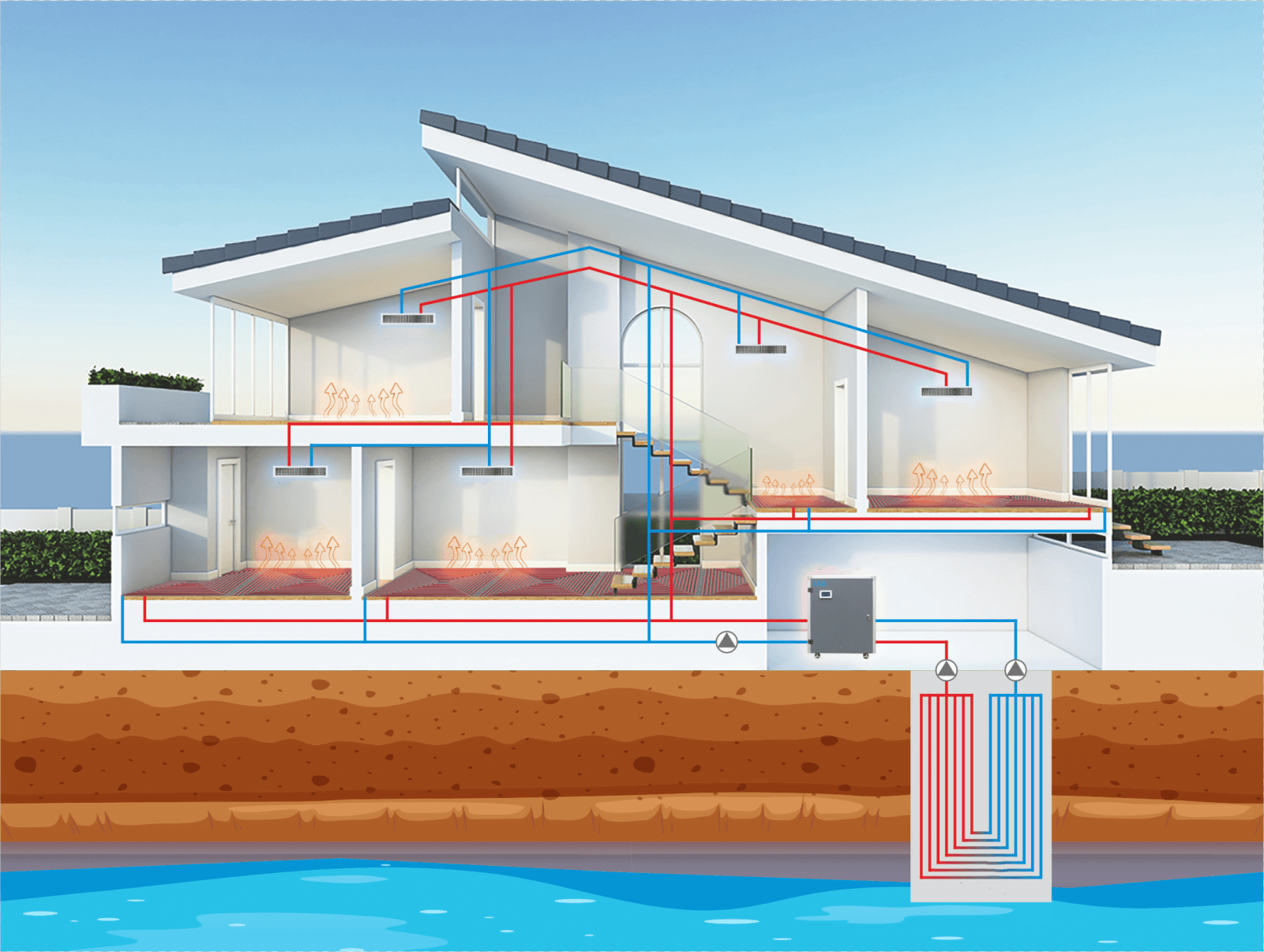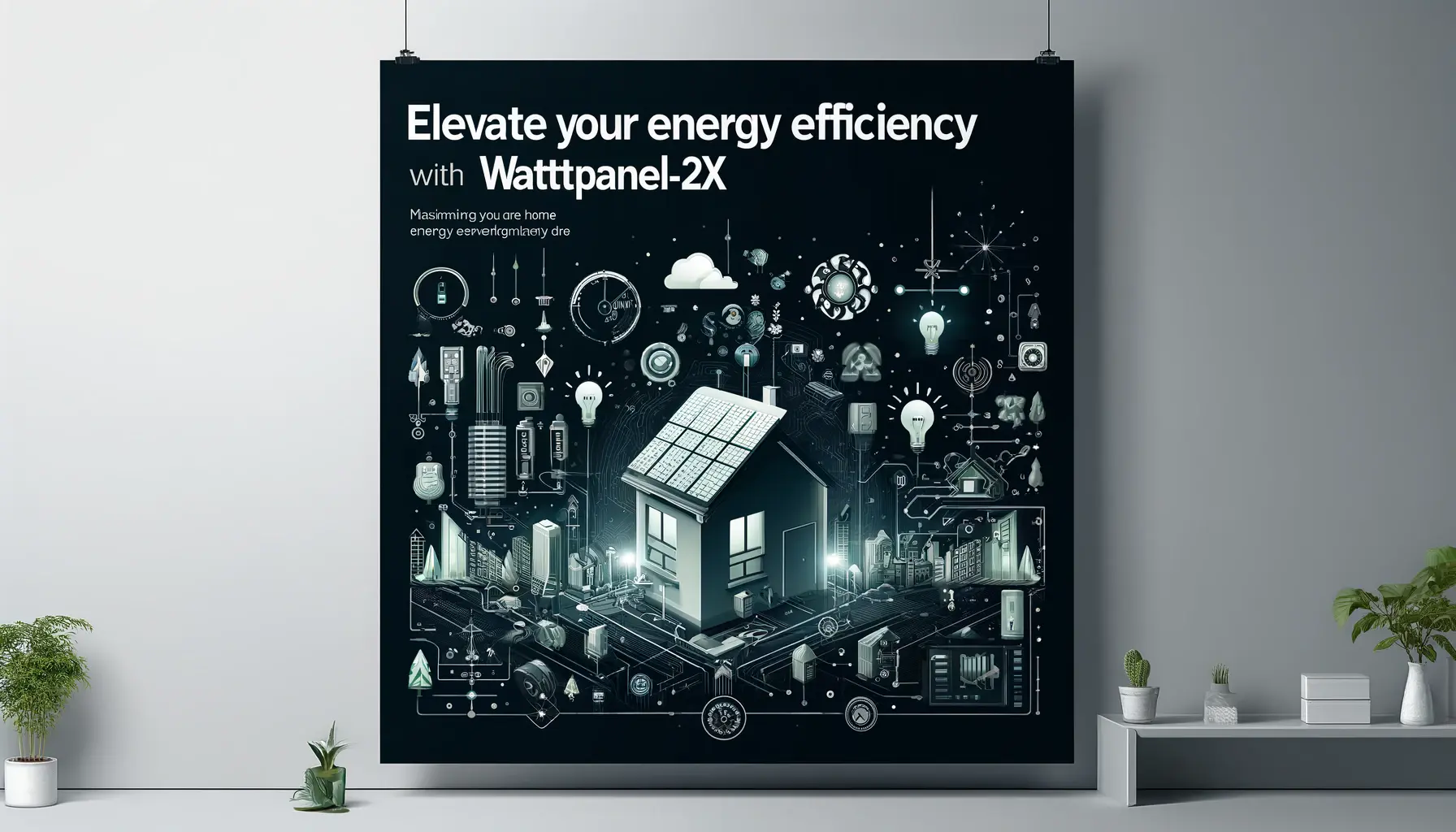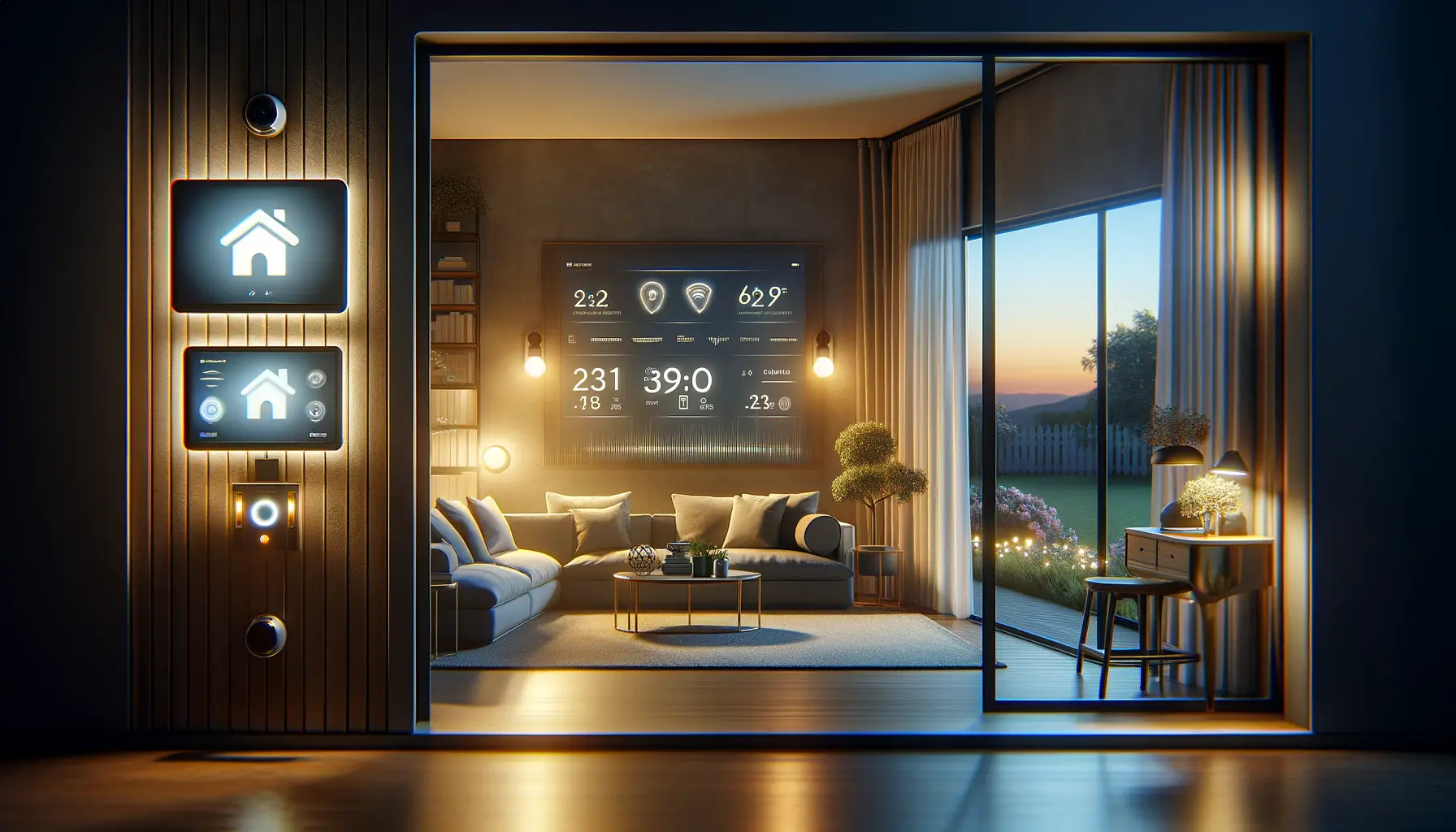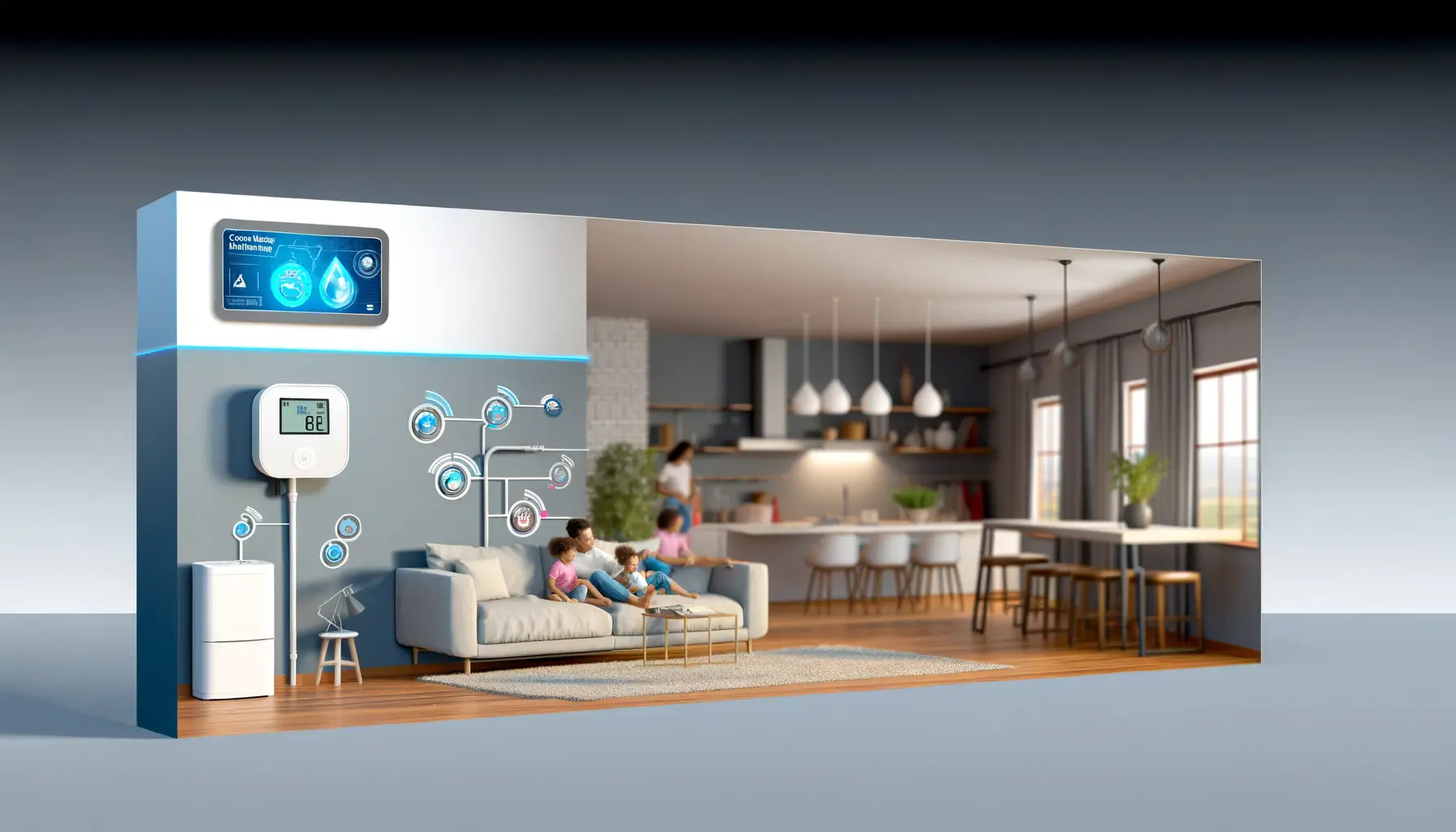
In today’s home environment, proper temperature control is not only related to the comfort of living but also directly affects energy consumption and economic benefits. From underfloor heating to central air conditioning, different types of thermostats play a core role, helping us maintain a constant and comfortable indoor temperature through the changing seasons. With the development of technology, various types of thermostats have appeared on the market, each with its unique functions and applicable scenarios. This article will introduce seven common types of home thermostats through detailed tables and analysis, helping you understand the characteristics and applications of each type of thermostat to make more appropriate choices.
Visão geral do termostato doméstico
To more visually present the basic information and main functions of different thermostats, we first compare these seven common types of home thermostats through a table.
Tabela 1: 7 Tipos de Termostatos e Comparação de Funções
| Tipo de termostato | Principais Características | Ambiente recomendado |
|---|---|---|
| Termostato de aquecimento de piso | Controla sistemas de aquecimento de piso, proporcionando aquecimento uniforme em ambientes internos. | Residencial, comercial, especialmente em regiões frias. |
| Termostato de bomba de calor | Controla o aquecimento e o resfriamento de bombas de calor, uso eficiente de energia. | Áreas com mudanças sazonais significativas. |
| Termostato de aquecimento elétrico | Gerencia a temperatura de aquecedores elétricos ou aquecimento elétrico de piso. | Qualquer espaço pequeno que precise de aquecimento rápido. |
| Termostato de ar condicionado central | Regula o sistema de aquecimento e resfriamento de todo o edifício. | Grandes edifícios residenciais ou comerciais. |
| Termostato para aquecedor de água | Controla equipamentos de aquecimento de água para garantir temperatura constante da água. | Casas, hotéis ou outros lugares que precisam de muita água quente. |
| Termostato para aquecedor solar de água | Gerencia sistemas de aquecimento solar de água, otimizando a absorção de energia e a eficiência de conversão. | Áreas com consciência ambiental e bastante luz solar. |
| Termostato de ar fresco | Controla os sistemas de ar fresco, ajustando a temperatura e a qualidade do ar que entra nos ambientes internos. | Áreas residenciais de alta densidade, ambientes que necessitam de fornecimento contínuo de ar fresco. |
Through this table, we can preliminarily understand the main functions and applicable environments of each thermostat. Next, we will detail the specific characteristics and applications of each type of thermostat.
Introdução detalhada de 7 tipos de termostatos
1. Termostato de aquecimento de piso

Introdução e Função:
The underfloor heating thermostat is designed to control floor heating systems. It monitors indoor temperatures through temperature sensors and adjusts the output of underfloor heating to ensure the floor temperature is even and meets the set comfort level. The heat provided by the underfloor system radiates evenly from the ground up, increasing thermal efficiency and reducing air dust movement, which is a significant advantage for people sensitive to respiratory systems.
Uso típico:
In residential and commercial properties, underfloor heating thermostats are commonly used in main living areas such as living rooms, bedrooms, and bathrooms, providing continuous and comfortable heat. Users can set daily or weekly heating schedules based on their living habits to maximize energy efficiency.
The following sections will continue to detail the remaining six common types of home thermostats, their functions, typical usage, and characteristics.
2. Termostato da bomba de calor
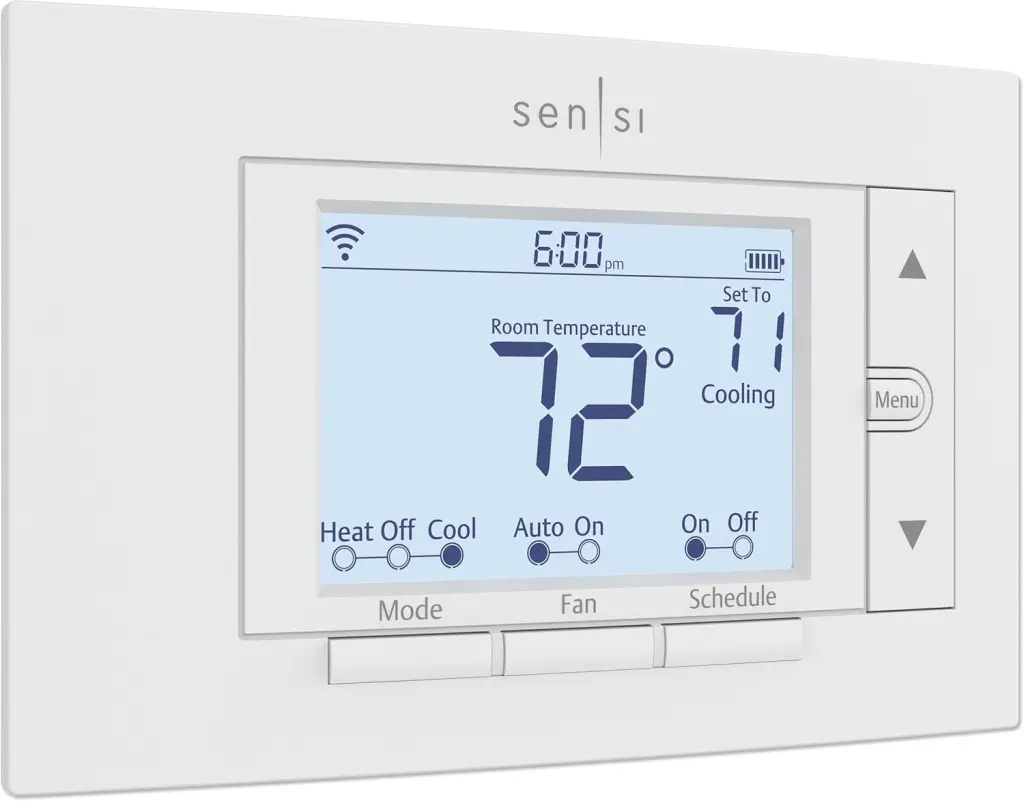
Introdução e Função:
The heat pump thermostat controls heat pump systems, which can provide both heating and cooling functions, making it very suitable for areas with significant temperature changes throughout the year. The heat pump thermostat can optimize the operation of the heat pump, improving energy efficiency and reducing energy consumption.
Uso típico:
Heat pump thermostats are typically installed in residential or commercial buildings that require year-round temperature regulation. Users can set temperature thresholds to ensure indoor temperatures remain comfortable regardless of external temperature changes.
3. Termostato de aquecimento elétrico
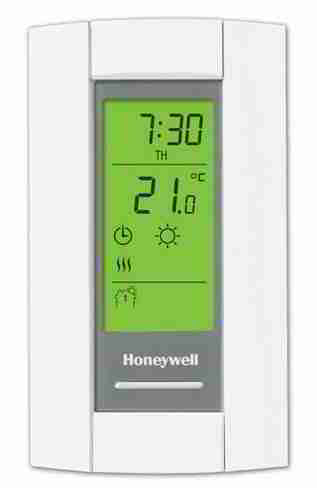
Introdução e Função:
The electric heating thermostat controls electric heating equipment, such as electric radiators or electric heated floors. This type of thermostat can precisely regulate the output of electric heating devices to maintain a stable indoor temperature.
Uso típico:
In homes or offices, electric heating thermostats are suitable for quickly heating small spaces. Users can adjust the temperature as needed or set timers to automatically turn heating on or off at specific times.
4. Termostato de ar condicionado central

Introdução e Função:
The central air conditioning thermostat manages the central air conditioning system, controlling the heating and cooling of an entire building or house. This thermostat can achieve complex multi-zone temperature control, improving overall energy efficiency.
Uso típico:
Central air conditioning thermostats are usually installed in large residential or commercial buildings, setting different temperatures for different areas or floors to achieve precise temperature control.
5. Termostato do aquecedor de água

Introdução e Função:
The water heater thermostat controls the operation of water heaters to ensure constant water temperature and avoid energy waste. This thermostat can precisely adjust the temperature of the water heater, suitable for homes, hotels, or other places that require a large amount of hot water.
Uso típico:
Users can set the water temperature according to personal preferences and needs. Water heater thermostats can also set specific heating schedules to save energy and provide hot water when needed.
6. Termostato para aquecedor solar de água

Introdução e Função:
The solar water heater thermostat manages the temperature exchange between solar collectors and storage tanks. It optimizes the absorption and conversion of energy, ensuring system efficiency is maximized while preventing overheating.
Uso típico:
In sun-rich areas, solar water heater thermostats can automatically adjust hot water production based on solar radiation intensity, ensuring a continuous supply of efficient and environmentally friendly hot water.
7. Termostato de ar fresco
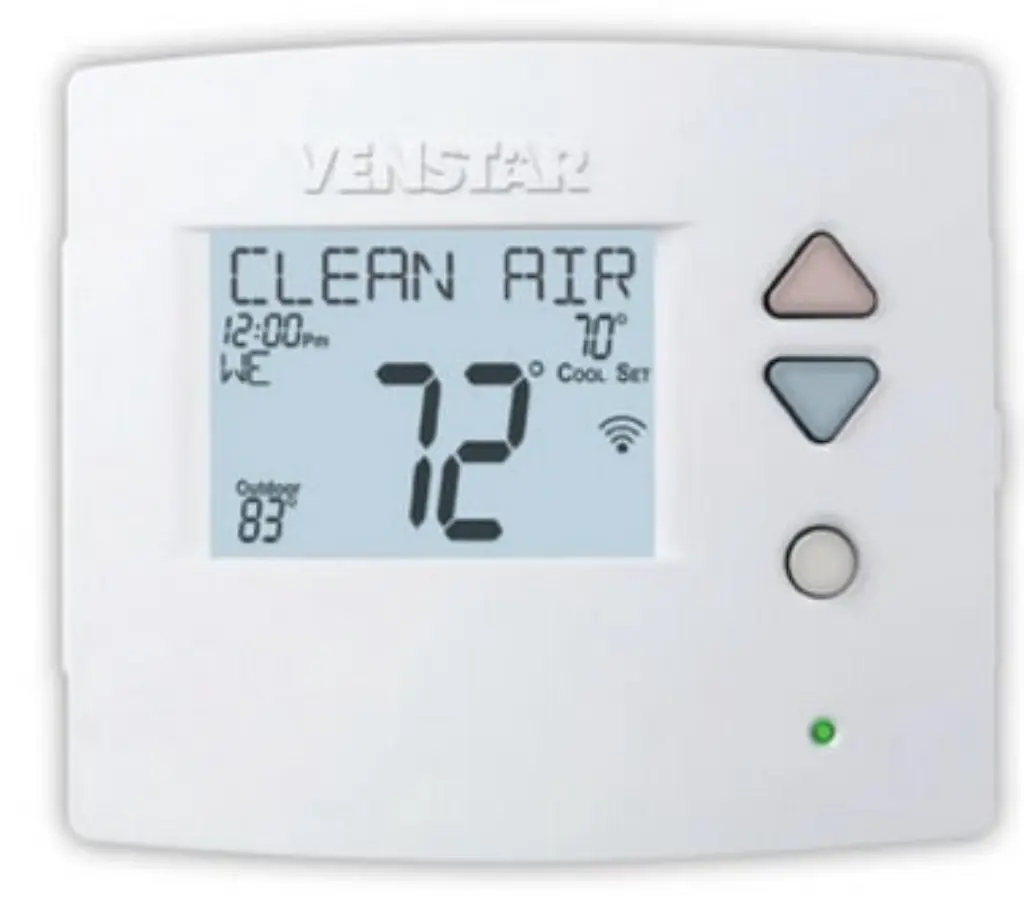
Introdução e Função:
The fresh air thermostat controls the operation of fresh air systems, which are responsible for introducing processed fresh air indoors. It can adjust the temperature of the incoming air, improving air quality and providing a healthy, comfortable environment for living spaces.
Uso típico:
Fresh air thermostats are particularly important in high-density residential areas or industrial environments. They can automatically adjust the intake based on the temperature difference between the outside and inside, ensuring indoor air is fresh and at a suitable temperature.
This detailed introduction provides specific information and usage guidelines for various thermostats, helping users choose the most suitable thermostat based on their actual needs and living environments. The following sections will involve more discussions on international specifications and standards, ensuring global users can safely and effectively use these devices.
Métodos de fiação e estratégias de controle
Next, we will detail the wiring methods and control strategies of various thermostats through another table, ensuring you can choose the most suitable configuration based on your home’s specific needs.
Tabela 2: 7 Tipos de Termostatos, Métodos de Fiação e Estratégias de Controle
In this section, we will detail the wiring methods and control strategies of various thermostats through a table, which is crucial for ensuring correct installation and optimal performance of the devices.
| Tipo de termostato | Método de fiação | Estratégia de Controle |
|---|---|---|
| Termostato de aquecimento de piso | Usually includes power, ground, and control wires, connected to the underfloor heating system’s power and control ends. | Controle diferencial de temperatura, controle PID, recursos de aprendizagem programáveis e inteligentes. |
| Termostato de bomba de calor | Needs to be connected to the heat pump’s power and control ends, may require a multi-wire system to support heating and cooling functions. | Controle diferencial de temperatura, controle de programação de tempo, ajuste inteligente. |
| Termostato de aquecimento elétrico | Sistemas simples de dois ou três fios, controlando diretamente os elementos de aquecimento elétrico. | Controle diferencial de temperatura, controle de temporizador, alguns modelos suportam controle remoto. |
| Termostato de ar condicionado central | Sistemas complexos com vários fios, que precisam de conexão com várias partes do sistema de ar central. | Controle de zona, controle conjunto de temperatura e umidade, controle inteligente e remoto. |
| Termostato para aquecedor de água | Pelo menos fiação de dois fios, controlando o interruptor de energia do aquecedor. | Controle diferencial de temperatura, controle de otimização de eficiência. |
| Termostato para aquecedor solar de água | Includes temperature sensor wires, power wires, and control wires, to optimize solar energy collection and use. | Controle de prioridade de temperatura, monitoramento de eficiência, ajuste automático. |
| Termostato de ar fresco | Geralmente precisa ser conectado a sensores de temperatura interna e externa e à unidade de ar fresco. | Automatic adjustment based on indoor and outdoor temperature difference, timer control, air quality feedback control. |
Through this table, we can see the differences in wiring methods and control strategies among different types of thermostats, which directly affect the installation process and daily operation efficiency of the devices.
Especificações e Padrões Internacionais
For thermostats used across countries and sold in international markets, understanding and complying with the electrical specifications and safety standards of different countries and regions is extremely important. Here is a table summarizing some of the main market specifications and wiring standards.
Tabela 3: Especificações e padrões de fiação em diferentes países e regiões
| País/Região | Requisitos de tensão e frequência | Regulamentos e Certificações | Requisitos especiais de fiação |
|---|---|---|---|
| USA | 120 V/60 Hz | Certificação UL, Código Elétrico NEC | Requisitos rigorosos para aterramento e medidas de proteção |
| EU | 220-240 V/50 Hz | Marcação CE, conformidade com RoHS | Must comply with the EU’s Low Voltage Directive and Electromagnetic Compatibility Directive |
| China | 220 V/50 Hz | Certificação CCC | Deve adaptar-se a requisitos de alta densidade populacional e alta frequência de utilização |
| Japão | 100 V/50 Hz ou 60 Hz | Certificação PSE | Normas específicas antissísmicas e de resistência ao fogo |
| Austrália | 230 V/50 Hz | Certificação SAA | A instalação deve considerar os efeitos do clima externo, como impermeabilização e proteção UV |
This table shows some of the key electrical and safety standards to consider when operating in the global market, helping manufacturers and users ensure product compatibility and safety.
Modos de controle inteligentes: inovação em termostatos modernos
As technology continues to advance, the widespread adoption of smart home systems has greatly changed our way of managing home appliances, and thermostats are no exception. Smart control modes make thermostats not just simple temperature adjustment devices but a system that can increase energy efficiency, enhance comfort, and simplify daily life. This section will explore the control methods of smart thermostats and their benefits.
Características básicas dos termostatos inteligentes
The main difference between smart thermostats and traditional thermostats is their connectivity and automation features. These thermostats are usually connected to the home network through Wi-Fi or other wireless technologies (such as Zigbee or Z-Wave), allowing users to remotely control the home temperature via smartphone apps, tablets, or voice assistants (like Amazon Alexa, Google Assistant, or Apple HomeKit).
Principais funções de controle inteligente
- Controle remoto: Users can view and adjust the home temperature settings from anywhere via an app, whether at the office or on vacation.
- Agendamento Automático: Smart thermostats can automatically set temperature schedules based on users’ daily activity patterns. For example, it can start heating the home automatically before you usually get up, ensuring the room is warm and comfortable when you wake up.
- Análise de Eficiência Energética: Many smart thermostats provide detailed energy consumption reports and analyses, helping users understand how their heating and cooling habits affect energy consumption and how to adjust settings to reduce energy costs.
- Geofencing: Using the location of users’ smartphones, smart thermostats can know when users leave home or are on their way home. The system adjusts the temperature accordingly to optimize energy efficiency and provide a comfortable environment when users arrive.
- Controle de voz: Once integrated with smart home assistants, users can simply use voice commands to adjust temperature settings, greatly increasing convenience and accessibility.
- Preferências de aprendizagem: Some high-end smart thermostats, like the Nest Learning Thermostat, have the ability to learn users’ preferences and can automatically establish a suitable temperature schedule for the home within a few days without much user intervention.
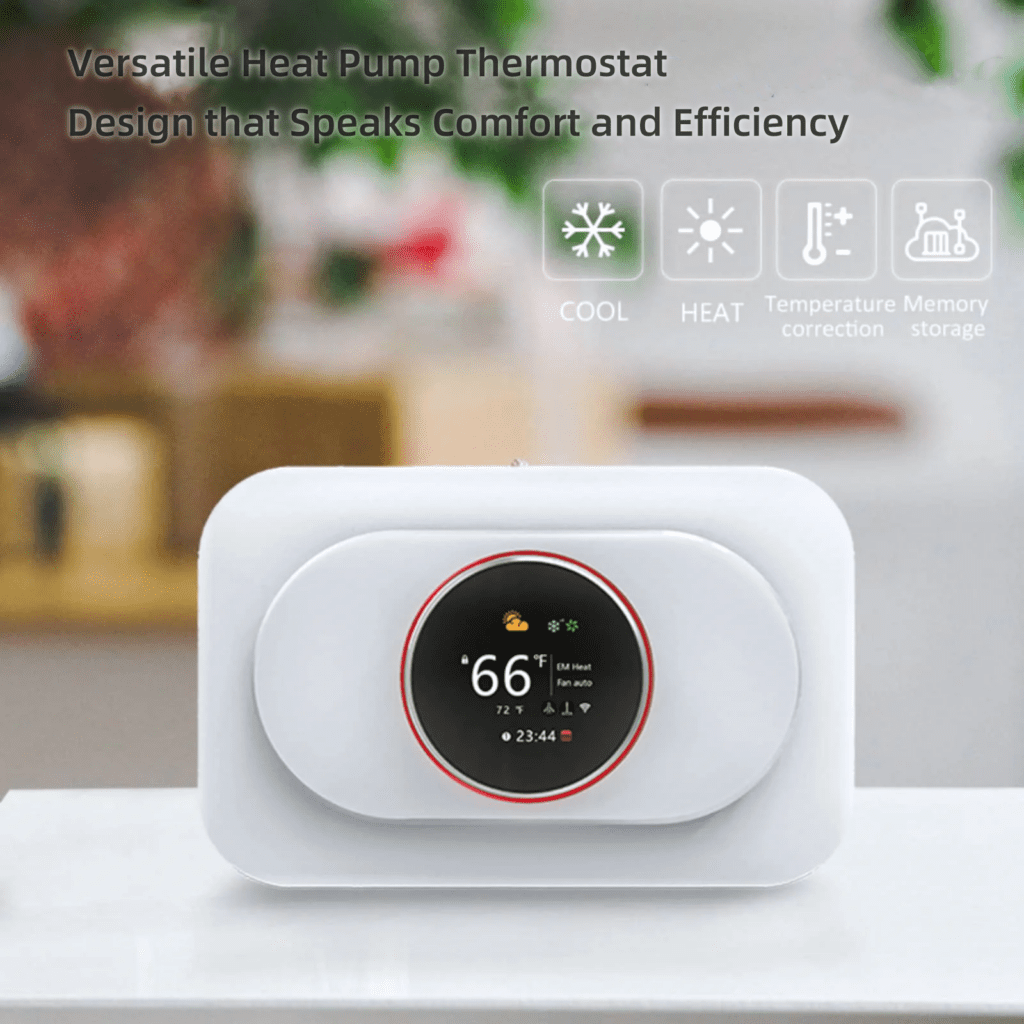
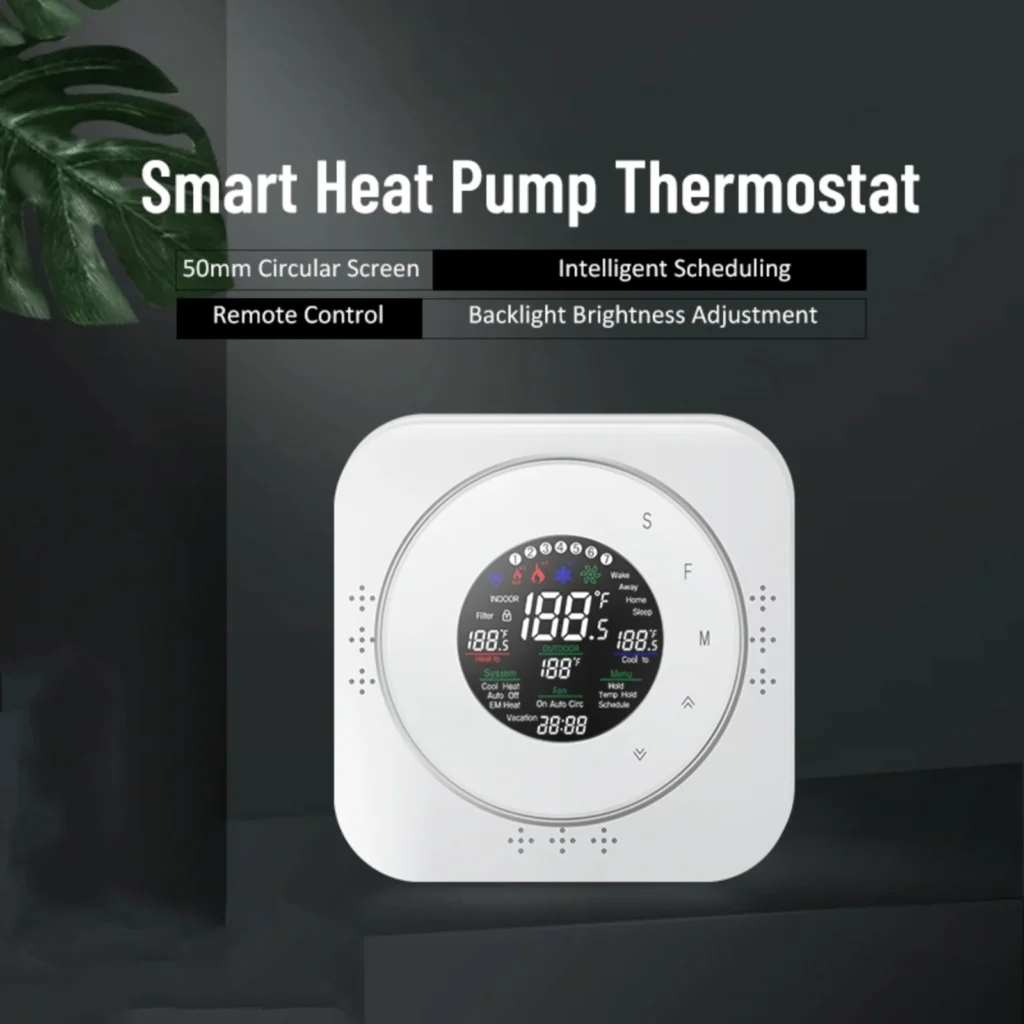

Aplicações práticas de termostatos inteligentes
Considering the potential of smart thermostats to improve energy efficiency and user comfort, many modern homes and offices have begun deploying these devices. For example, a family might use a smart underfloor heating thermostat to preheat rooms in winter, while optimizing cooling efficiency with a central air conditioning thermostat in summer.
The integration and application of smart thermostats not only enhance the comfort of living and working environments but also help achieve a more sustainable lifestyle by precisely controlling and intelligently adjusting to reduce energy waste. As technology continues to advance and user awareness increases, it is expected that smart thermostats will become an important component of home automation in the future.
Efeitos de economia de energia e dados indicativos de termostatos inteligentes
Smart thermostats not only improve the comfort and convenience of homes, but they also play a crucial role in energy saving and reducing environmental impact. Through smart features, these devices can optimize the timing of heating and cooling, reducing unnecessary energy consumption, thereby bringing significant energy-saving effects to users. This section will explore the energy-saving effects of smart thermostats and provide some specific energy-saving data.
Recursos de economia de energia
- Ajuste automático: Smart thermostats can automatically adjust settings based on outdoor temperatures and indoor activity patterns, avoiding excessive heating or cooling, which directly reduces energy waste.
- Agendamento eficiente: By learning users’ living habits, smart thermostats can automatically create efficient heating and cooling schedules. For example, they automatically reduce the operation of heating or air conditioning during times when users are typically not at home.
- Otimização de detalhes: Smart thermostats can also achieve energy savings by making small adjustments to temperature settings (such as lowering by 1-2°F/about 0.5-1°C), and these small changes usually do not affect the comfort of the occupants.
Dados indicativos de economia de energia
The energy-saving effects of smart thermostats can be more clearly demonstrated through the following data:
- Redução do consumo de energia:Estima-se que termostatos inteligentes podem reduzir o consumo de energia residencial em cerca de 10% a 12%.
- Poupança Anual: On average, homes can save about 10% to 23% on heating costs and 15% on air conditioning costs per year by using smart thermostats.
- Retorno de investimento de longo prazo: Although the initial investment for smart thermostats is relatively high, according to data from the U.S. Environmental Protection Agency (EPA), the average family can recoup this cost through energy savings within two years.
These data show that although smart thermostats cost more than traditional thermostats, they can achieve cost-effectiveness in the long run by significantly reducing energy costs. More importantly, this type of thermostat helps households manage and use energy more effectively through automation and intelligence features.
Resumo
Termostatos inteligentes não só melhoram a conveniência e o conforto de nossas vidas,
but their energy-saving features also help promote homes towards a greener, more sustainable direction. As technology continues to advance, the market for smart thermostats is expected to expand further, and their energy-saving technologies will continue to improve, contributing more to the global improvement in energy efficiency.
Choosing and installing the right thermostat is crucial for enhancing the comfort and energy efficiency of home and office environments. Through the introduction and analysis in this article, we hope readers can better understand the functions, applicable scenarios, wiring methods, and international specification differences of various thermostats, thereby choosing the most suitable thermostat for their needs. In today’s increasingly globalized world, the correct selection and use of these devices not only enhance the energy efficiency of individuals and businesses but also ensure compliance with regulations and standards in different regions, achieving safe, efficient environmental control.
